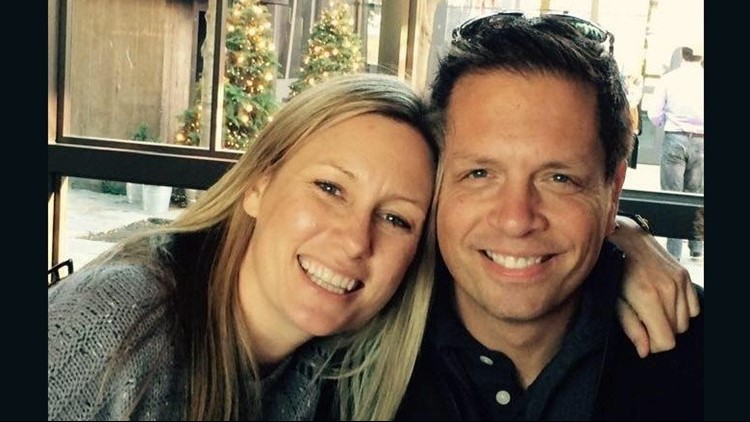(CNN) — There’s a predictable pattern to the aftermath of too many deadly police shootings: Neighbors and anti-police brutality groups take to the streets. Groups supporting the officers stand up for them. Social media lights up over whether the victim “did something” to provoke the officer.
But none of that holds true in the case of Justine Ruszczyk, a white Australian bride-to-be who was killed by Mohamed Noor, a Somali-American black police officer in Minneapolis.
And that, say experts, speaks volumes about the state of America today.
What didn’t happen the days after the shooting
Ruszczyk was shot to death on Saturday after she called 911 to report a possible sex assault in an alley near her home.
A vigil was held for Ruszczyk, but there weren’t widespread protest marches, like the ones Black Lives Matter held last year after Philando Castile‘s shooting death at the hands of an officer in nearby Falcon Heights.
When one pro-police Blue Lives Matter website had a story about the shooting, it only offered a theory on why the officers’ body cams were off.
Why the reaction is different this time
David Love, a Philadelphia journalist who’s written about race issues for CNN and others, has a theory why.
Because the race and nationality of the victim and police officer aren’t what has typically garnered headlines, people who normally speak up aren’t saying much.
There is no centralized structure for the Black Lives Matter movement, which results in non-uniform response.
New York Daily News writer Shaun King wrote a column in which he said “Police brutality jumped a racial fence.” Otherwise, Love says he hasn’t seen too many people from the movement express any anger or outrage about the shooting. That’s surprising because in some past cases, Black Lives Matter has spoken up when the victim was white.
As for those who “back the blue,” Love says he hasn’t seen a lot of pro-police groups rally to Noor’s side either.
“It seems very often that their response is in the lens of ‘black vs. blue,’ which is unfortunate because life is a little more complicated than that,” he told CNN.
What we’re likely to see
Love theorizes a different group of people may take the lead in rallying for the victim in this case: “people who may not have emphathized with the victims (in police shootings in the past) because the victims have been mostly black.”
Love compares it to media coverage of murders during the civil rights era. Killings of black people in the South during that period often received scant national attention. But if the violence took the life of a white person — such as the “Mississippi Burning” case — more people across America paid attention.
What else accounts for the different response
Pro-police groups are often quick to speak out when an officer is accused in a fatal shooting. But Noor isn’t white and that has made a difference, says Marcia Chatelain, a fellow at the New America Foundation and co-host of a podcast on the death of Freddie Gray.
“Because it’s an officer of color who, so far, is the only one accused of something here, it has shaped the response from pro-police groups like Blue Lives Matter, which usually has a very defensive response to officer-involved shootings,” she told CNN.
Chatelain feels the media response has been different too.
“I’m pretty sure reporters haven’t been digging into (Ruszczyk’s) background, trying to find narratives to justify the shooting,” she said.
Too often in cases involving unarmed black men, Chatelain says, information on the victim’s criminal history or prior arrests makes its way into stories — even when they are irrelevant to the case.
What it says about America
So what does this say about America in 2017, where the race, gender or national identity of a victim or police officer can affect the public’s reaction to a shooting?
“It says despite the rhetoric about the US being a melting pot or whatever, people have different experiences based on their racial background,” Love said. “Those experiences give us, sometimes, a different set of lenses and a different view of reality. And we have to find some way of bridging that divide … to help people understand the experiences of other people.”
The different reaction to the shooting also proves that America is still learning how to deal with its tortured racial past, said Phillip Atiba Goff, a professor at John Jay College of Criminal Justice and president of the Center for Policing Equity.
“We haven’t reckoned with our history,” Goff told CNN, “so it shouldn’t surprise us to see a different reaction.”



